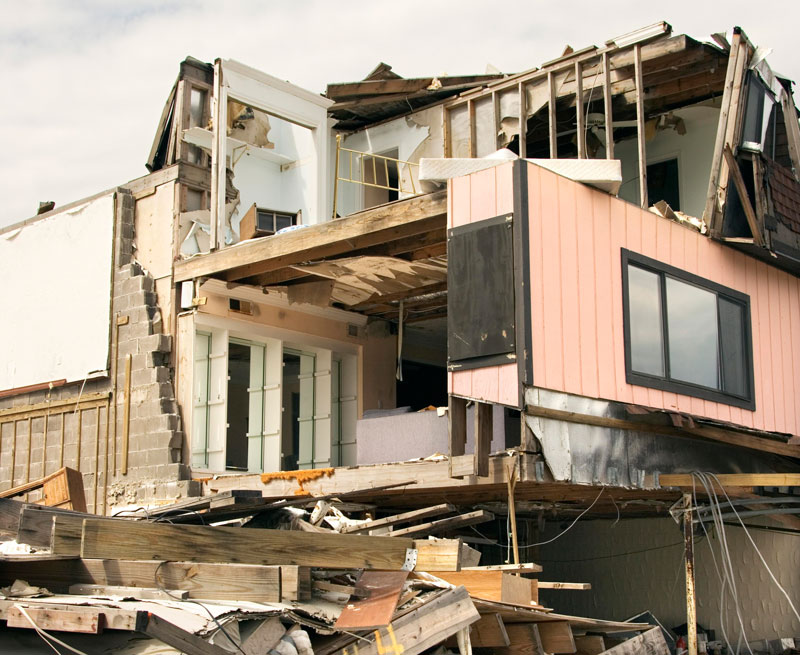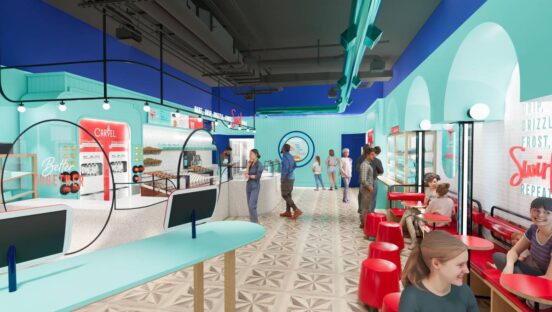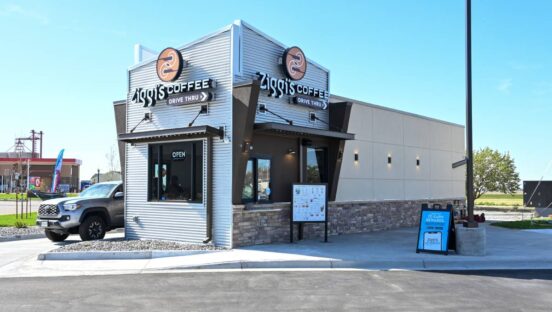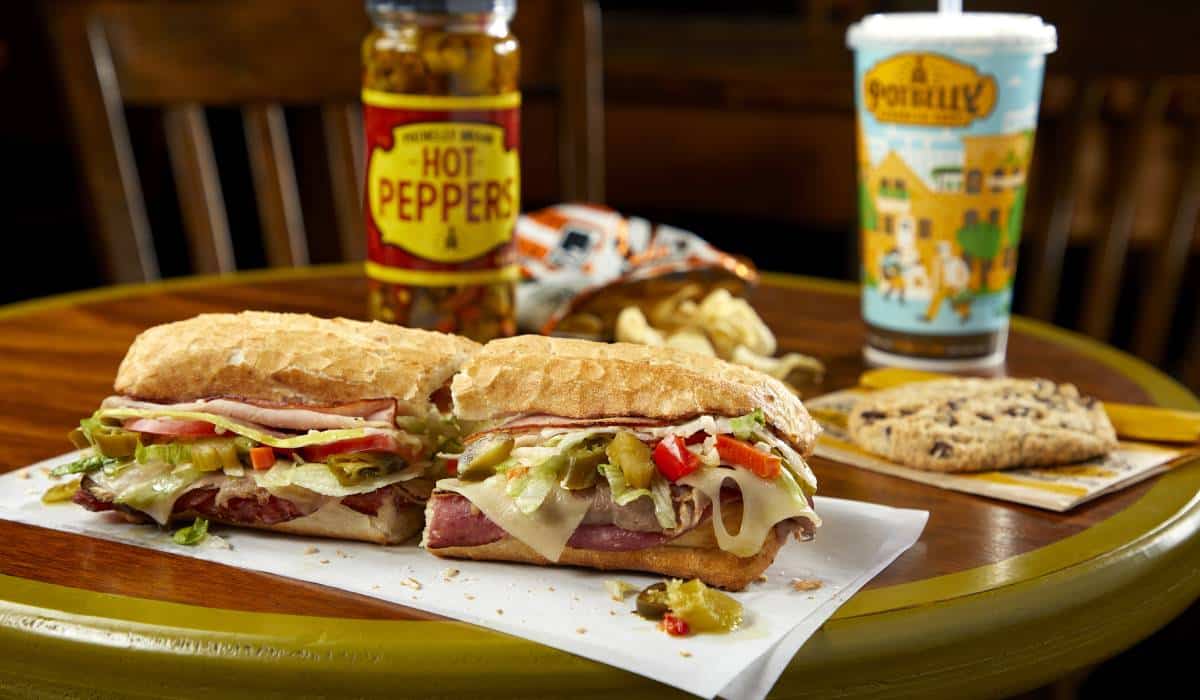It’s been a month and a half since Hurricane Sandy wreaked havoc on parts of the East Coast. The storm caused an estimated $62 billion in damage, with about $10–$20 billion of insured losses, according to Eqecat Inc., a provider of catastrophic risk models.
As many restaurant operators in the affected areas slowly clean up and reopen for business, many are realizing the importance of disaster-recovery plans that could have helped them prepare for the storm.
“With Hurricane Sandy, everyone was assuming that we would be equally as lucky as we were with past storms,” says Limor Ziarno, an Edible Arrangements franchisee in Brooklyn. “Storms feel a bit like playing Russian roulette, except this time, the bullet fired on everyone and everything in our immediate world. We were not emotionally, physically, or mentally as prepared for Sandy as we could have been.”
Most small businesses aren’t, according to a 2011 SMB Disaster Preparedness Survey. The survey revealed that half of small- and medium-sized businesses have no disaster-recovery plan in place, even though 65 percent of them are in regions at risk for natural disasters. Forty-one percent said it never occurred to them to put together a plan, while 40 percent stated that disaster preparedness is not a priority for them.
David Collette, director of marketing for Cintas Corporation, says preparation isn’t just putting panels over the windows or lining sand bags around the foundation. It also includes having a plan to respond to drastic storm damages, like the roof ripping off or a fire destroying the property.
“The force of a severe storm like Sandy puts facilities through events like extreme winds or storm surges that go beyond the builder’s expectations,” he says. “Preparation is insurance that will help minimize the destruction and increase the speed any storm survivor, whether that be a residence or business, can return to their normal state.”
Experts say operators can take several measures to prepare for storms like Sandy. Carolyn D. Richmond, co-chair of Fox Rothschild LLP's Hospitality Practice Group in New York, says one of the most common complaints that she, as an employment lawyer, heard after Sandy was that businesses could not get payrolls processed.
“Operators should have had a system in place where they could have processed payroll the old-fashioned way,” she says. “Particularly in a time of natural disaster, minimum-wage foodservice employees—many of whom are not working as a result of the disaster—need their paychecks more than ever.”
Richmond says operators should also have more than one method of communication available to be fully prepared for any emergency. During Hurricane Sandy, AT&T, Verizon, T-Mobile, and Sprint all reported widespread power outrages and damages to lines and towers.
“Too many businesses relied on land lines and cell phones as the only way to communicate with their teams,” she says. “They should have been prepared with off-the-grid communications such as two-way radios.”
Despite power outages and the lack of hot water, several restaurants managed to stay open and provide solace and warmth to residents, but those were the ones equipped with backup generators. Collette says a surprisingly large number of restaurants did not have backup generators or emergency lighting and signage to light paths of egress.
“Backup generators are vital assets during disasters,” he says. “It’s also important to have your emergency lights tested and inspected annually as per [National Fire Protection Association] 101 code.”
Richmond says operators need to put together a team to do a forensic review of how their business faired during the disaster. If systems broke down, she says, the operator should appoint a team to do the review of what went wrong.
“Compiling a valuable and effective critical-incident plan takes input from a lot of areas of a business,” she says. “A plan needs to incorporate operations, IT, human resources, food safety, public relations, and coordination with third parties such as landlords and vendors, who maintain equipment such as walk-ins and POS systems.”
Richmond also instructs operators to look at what went right: What were the strengths of the business and employees? What systems functioned best and were operational?
Lastly, Richmond says, restaurants must develop a comprehensive critical incident plan that needs to be reviewed and updated annually, and, like fire drills, operators need to have mock run-throughs.
Before Sandy hit, Frank Garrido, vice president of operations for Edible Arrangements, says the company organized store-support teams from its internal, office-based staff. The teams were outfitted with laptops and cell phones to ensure that if their offices were closed or lost power, they would have a continual open line of communication for franchisees. This was in addition to the operations field team monitoring local activity from the trenches.
“Operators have to over-think and over-prepare to ensure that your business has everything in place ahead of time,” Garrido says. “Clearly understand your processes and procedures, and make sure that everyone on your team understands the plan and knows what needs to be done.”













